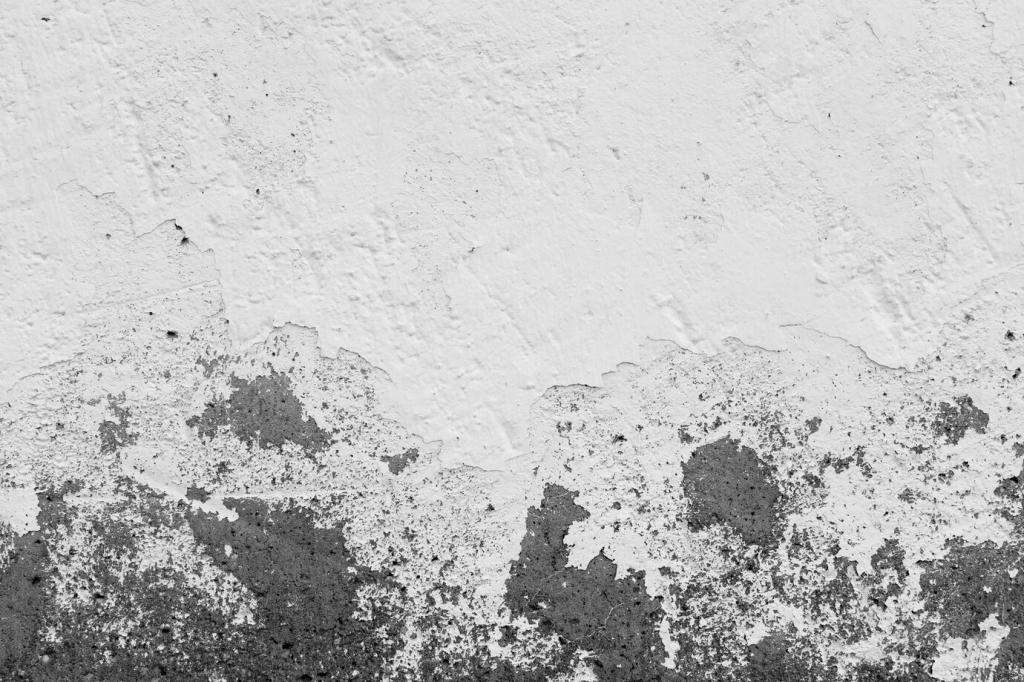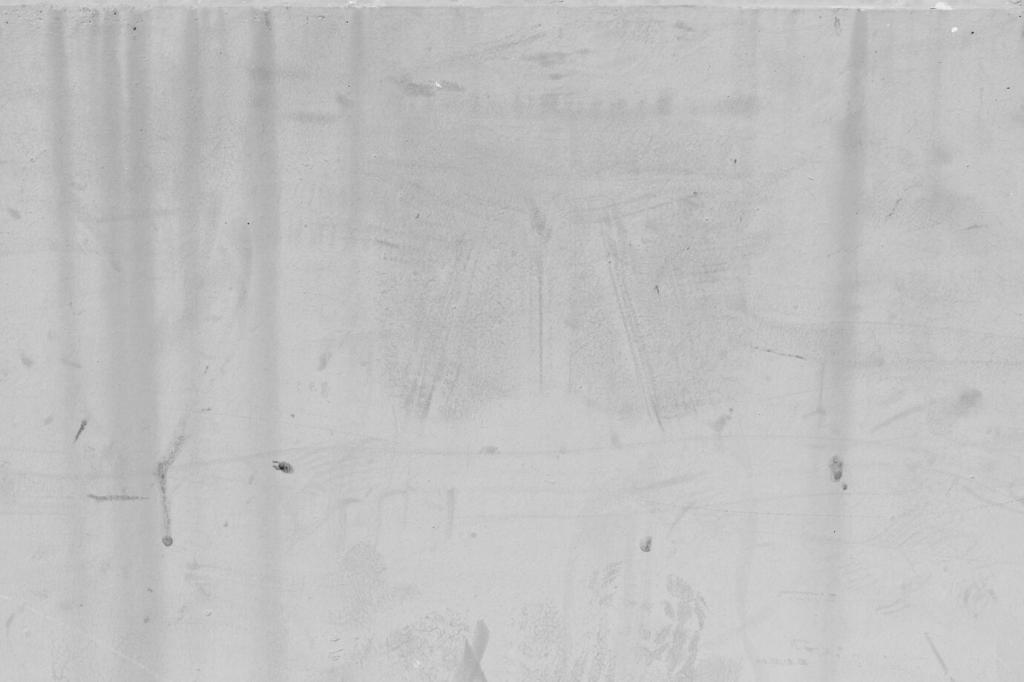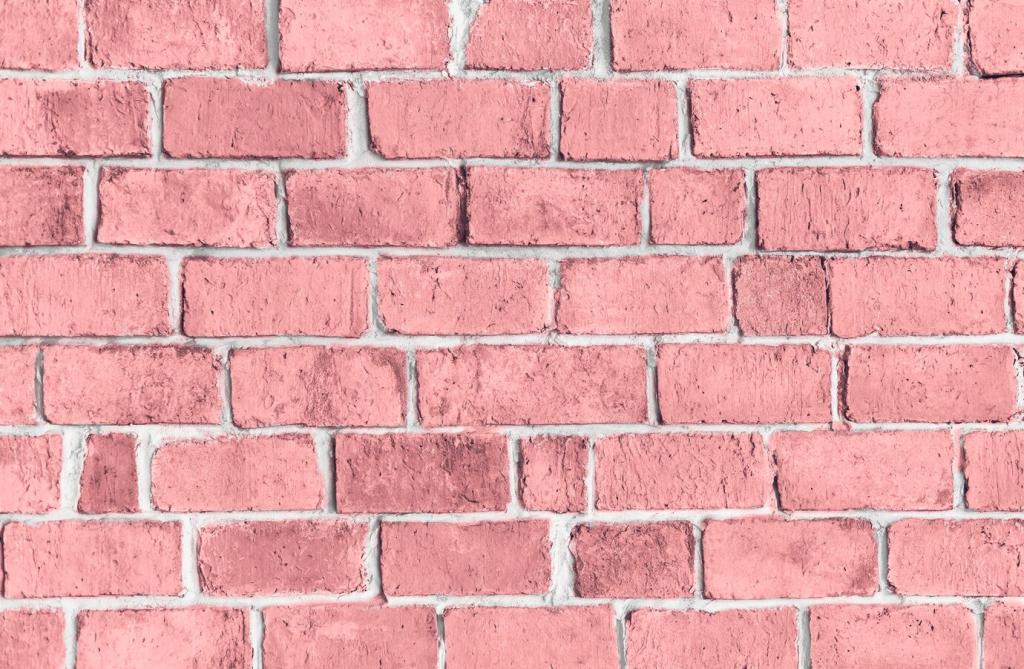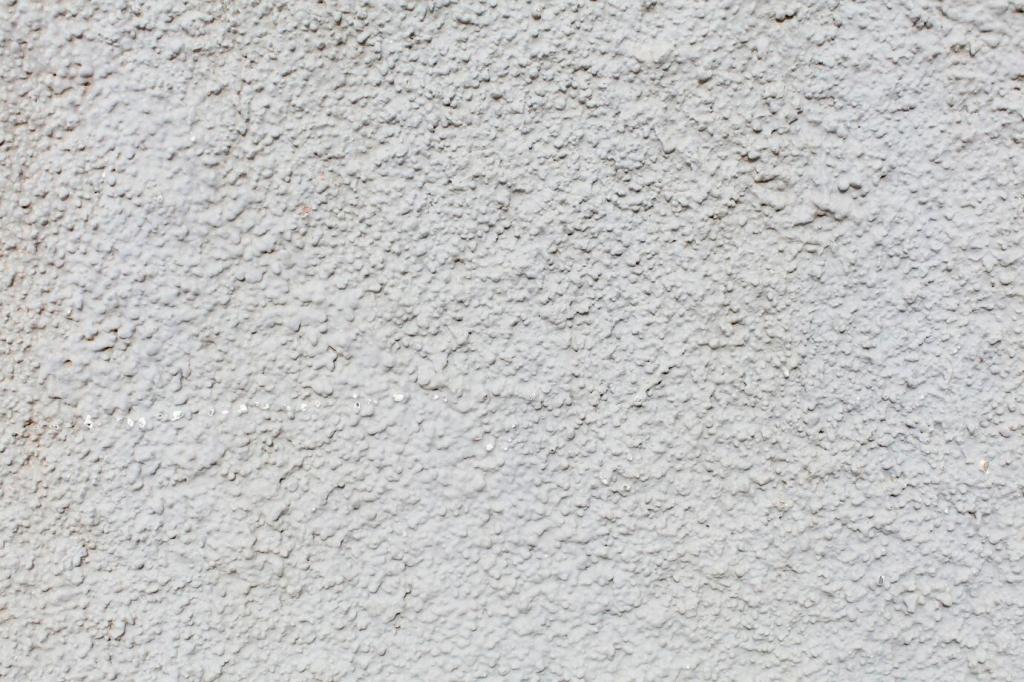Chosen theme: Incorporating Natural Materials in Minimalist Interiors. Step into calm, tactile spaces where restrained forms meet wood, stone, linen, and clay. Subscribe for weekly minimalist ideas grounded in nature and lived experience.
The Philosophy of Calm: How Nature Softens Minimalism
Texture That Breathes
Raw oak, raked limestone, and nubby linen add quiet micro-textures that slow the gaze and invite touch, creating depth without clutter. Minimal lines remain intact, yet the room feels genuinely lived in.
Warmth Without Clutter
A single plank bench, a wool throw, and a clay vase can replace dozens of decorative objects. The warmth comes from authenticity, not quantity, letting your breathing space stay open, intentional, and calm.
A Small Studio Story
When I swapped a glossy coffee table for a reclaimed oak slab, conversations shifted. Friends lingered longer, hands tracing grain between pauses. The minimalist layout stayed identical, yet the atmosphere softened like morning light.


Wood, Stone, and Textiles: A Simple Material Guide
White oak offers a stable, neutral tone that pairs well with chalky walls, while ash brings brighter contrast. Prefer matte oil finishes; they highlight grain, age beautifully, and avoid the plastic sheen of heavy varnish.
Wood, Stone, and Textiles: A Simple Material Guide
Limestone and soapstone welcome patina, telling a true story of use. If you fear stains, consider honed granite with a soft finish. Avoid busy veining; minimalism loves gentle movement rather than loud, high-contrast patterns.

Kitchen Rituals
Replace chrome pulls with oiled oak knobs, swap glossy backsplash tiles for handmade zellige, and keep open shelves restrained. A single clay crock with wooden spoons signals warmth while preserving efficient, uncluttered cooking routines.

Living Room Flow
Choose a low-profile sofa in natural linen, a solid wood coffee table, and a wool rug with minimal pattern. Leave breathing room between pieces so textures converse. Share your favorite pairings in the comments and inspire others.

Bedroom Sanctuary
Layer percale sheets with a linen duvet, keep a single ceramic lamp on a timber nightstand, and hide cords. The restrained palette quiets evenings, while tactile materials provide comfort that feels timeless, grounded, and human.
Color, Light, and Negative Space
Aim for warm whites, bone, mushroom, and soft taupe that let wood tones glow. Introduce contrast through texture, not saturation. Test swatches in daylight; undertones shift dramatically beside oak, stone, and natural fabrics.

Color, Light, and Negative Space
Place wood surfaces where side light rakes across grain, animating otherwise quiet planes. Sheer linen filters glare into softness. Record a short video at different hours and tell us which moment feels most restorative.

Styling Moves and Community Invitations
One Focal Piece, Many Stories
Make a single natural object the hero: a stone bowl, a chunky stool, or a weathered cutting board. Rotate locations monthly and notice how context changes mood. Post your experiment and tag our minimalist community.
Seasonal Swaps, Minimal Fuss
Trade heavy wool throws for airy linen in spring, then bring them back when nights cool. Keep the color palette steady so swaps feel intentional, not chaotic. Subscribe for a quarterly checklist and gentle prompts.
Your Turn: Tell Us What Works
Which natural material changed your home the most, and why? Share a photo, a small win, or a lesson learned. Your insights help others design calmer, kinder spaces with fewer, better things.
